Web Based Training
Clustering and Association Modeling Using IBM SPSS Modeler (v18.1.1) SPVC - 0E048G
Contains: PDF course guide, as well as a lab environment where students can work through demonstrations and exercises at their own pace.

Beschreibung
Clustering and Association Modeling Using IBM SPSS Modeler (v18.1) introduces modelers to two specific classes of modeling that are available in IBM SPSS Modeler: clustering and associations. Participants will explore various clustering techniques that are often employed in market segmentation studies. Participants will also explore how to create association models to find rules describing the relationships among a set of items, and how to create sequence models to find rules describing the relationships over time among a set of items.
If you are enrolling in a Self Paced Virtual Classroom or Web Based Training course, before you enroll, please review the Self-Paced Virtual Classes and Web-Based Training Classes on our Terms and Conditions page, as well as the system requirements, to ensure that your system meets the minimum requirements for this course. http://www.ibm.com/training/terms
1: Introduction to clustering and association modeling
Identify the association and clustering modeling techniques available in IBM SPSS Modeler
Explore the association and clustering modeling techniques available in IBM SPSS Modeler
Discuss when to use a particular technique on what type of data
2: Clustering models and K-Means clustering
Identify basic clustering models in IBM SPSS Modeler
Identify the basic characteristics of cluster analysis
Recognize cluster validation techniques
Understand K-Means clustering principles
Identify the configuration of the K-means node
3: Clustering using the Kohonen network
Identify the basic characteristics of the Kohonen network
Understand how to configure a Kohonen node
Model a Kohonen network
4: Clustering using TwoStep clustering
Identify the basic characteristics of TwoStep clustering
Identify the basic characteristics of Two Step AS clustering
Model and analyze a TwoStep clustering solution
5: Use Apriori to generate association rules
Identify three methods of generating association rules
Use the Apriori node to build a set of association rules
Interpret association rules
6: Use advanced options in Apriori
Identify association modeling terms and rules
Identify evaluation measures used in association modeling
Identify the capabilities of the Association Rules node
Model associations and generate rules using Apriori
7: Sequence detection
Explore sequence detection association models
Identify sequence detection methods
Examine the Sequence node
Interpret the sequence rules and add sequence predictions to steams
8: Advanced Sequence detection
Identify advanced sequence detection options used with the Sequence node
Perform in-depth sequence analysis
Identify the expert options in the Sequence node
Search for sequences in Web log data
A: Examine learning rate in Kohonen networks (Optional
Understand how a Kohonen neural network learns
B: Association using the Carma model (Optional)
Review association rules
Identify the Carma model
Identify the Carma node
Model associations and generate rules using Carma
Ziel
Please refer to course overview
Anforderungen an die Teilnehmer
Experience using IBM SPSS Modeler
A familiarity with the IBM SPSS Modeler environment: creating models, creating streams, reading in data files, and assessing data quality
A familiarity with handling missing data (including Type and Data Audit nodes), and basic data manipulation (including Derive and Select nodes)
Teilnehmer
Modelers, Analysts






